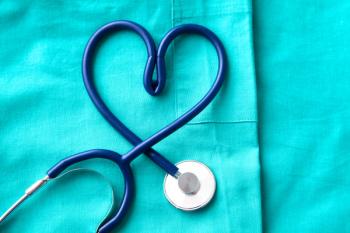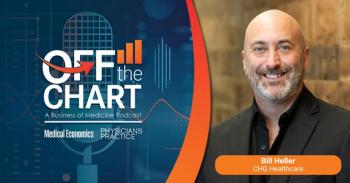
Connecting a disconnected healthcare ecosystem with telehealth and technology
Turns out that getting good, essential health care in the U.S. depends on income, more so than in any other wealthy country.
The latest international study on health systems from the
Turns out that getting good, essential health care in the U.S. depends on income, more so than in any other wealthy country. The report revealed that 50% of lower-income U.S. adults stated costs as a barrier to needed health care compared to 27% of higher-income adults. In comparison, on average, only 12% of lower-income and 7% of higher-income adults in the other countries stated costs as a barrier. Here’s the irony, however: A person of high income in the U.S. was more likely to report financial barriers to care than a low-income person in almost every other country in the survey, which includes Australia, Canada, France, Germany, Netherlands, New Zealand, Norway, Sweden, Switzerland, and U.K.
To fix the increasingly disconnected healthcare ecosystem in the U.S., technology may bring it all together—for everyone, regardless of income. Consider telehealth for example, where a patient can avoid long wait times and network and geographical limitations. Regarding scheduling an appointment with a specialist, such as a dermatologist, a February 2022 report from the Vermont
A first virtual visit with a telehealth provider can lead to a long relationship in managing and monitoring a specific condition, such as hypertension, at a distance. From embedded technology such as sensors in devices, to Bot sessions before the first visit—and after or in-between visits—technology is dramatically improving the ability of a doctor or health professional to monitor the patient condition, provide proactive solutions and help base decision-making over a personalized, wide and updated range of data about the patient. So actually, technology is reducing the barrier of access to the doctor while also boosting the medical team's attention to the individual's health, leveraging the ability to improve his condition dramatically (and reduce the related cost) for a fraction of the cost.
The number of smart, connected healthcare devices to aid in this regard is increasing rapidly. Take digital blood pressure monitors: Utilizing Bluetooth, some connect to an iOS or Android smartphone, tablet or smartwatch and send information to a specified provider. There are even smart pill bottles that are internet enabled, with embedded sensors that send data to the cloud (time cap is opened, closed and amount of medication dispensed), as well as send reminders via text message, email or automated phone calls. In addition to helping patients avoid mistakes in medication doses, a telehealth provider can review the information virtually, then analyze and make recommendations or changes. For patients with diabetes, a wide range of wearable glucose monitors check a patient’s levels with an easy scan rather than a finger prick, tracking patterns and enabling remote data sharing with a healthcare provider.
Mental health, in particular, is an area of healthcare that could benefit most from telehealth providers, many of whom treat depression, generalized anxiety disorder, panic disorder, social anxiety disorder, PTSD, OCD and insomnia disorder in adults using the Enhanced Evidence-based Care (EEBC) method. It combines Measurement-Based Care (MBC), Collaborative Care (CC), Algorithm-guided Treatment (AGT), and Integrated Care (IC) to optimize treatment delivery and outcomes. Clinical research has repeatedly found the EEBC method to be up to twice as effective as usual care. That’s good news for a country facing a mental health crisis. The key findings from a recent
- In 2019, before COVID-19, 19.86% (nearly 50 million) of adults experienced a mental illness.
- The national rate of suicidal ideation among adults has increased every year since 2011-2012.
- A growing percentage of youth are living with major depression, with 15.08% experiencing a major depressive episode in the past year.
- More than 2.5 million youth have severe depression, and multiracial youth are at the greatest risk.
- Over half of adults with a mental illness (more than 27 million) do not receive treatment.
- The percentage of adults with a mental illness who report an unmet need for treatment has increased every year since 2011.
- More than 60% of youth with major depression do not receive any mental health treatment.
- Nationally, fewer than 1 in 3 youth with severe depression receive consistent mental health care. Both adults and youth in the U.S. continue to lack adequate insurance coverage.
Especially for patients hesitant to get the mental health attention they need, telehealth may provide a safe place to begin a journey back to wellness. In fact, the most forward-thinking providers offer mental health as a key service, understanding the vital connection to overall physical wellbeing, especially for those who suffer from other chronic conditions.
For underinsured or uninsured Americans, telehealth providers that will offer affordable, high-quality care either through a subscription model or pay-by-visit can be the difference between life and death for patients that can access services on demand from anywhere, with little to no waiting time,. With advances in technology, there is every reason to believe the U.S. healthcare system can be salvaged, if not completely overhauled. In June 2022, a
Avihai Sodri, is Co-Founder and CEO of
Newsletter
Optimize your practice with the Physicians Practice newsletter, offering management pearls, leadership tips, and business strategies tailored for practice administrators and physicians of any specialty.








